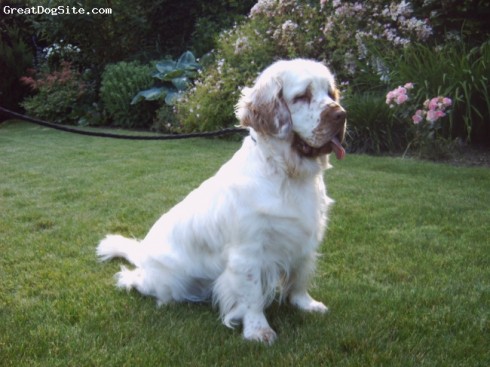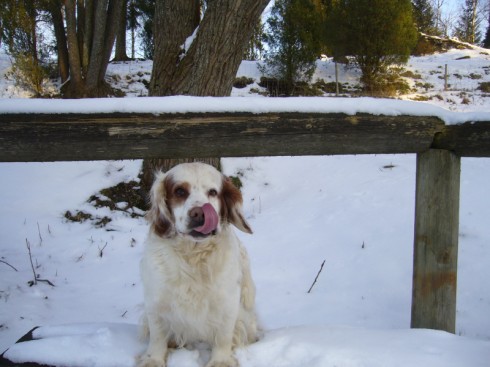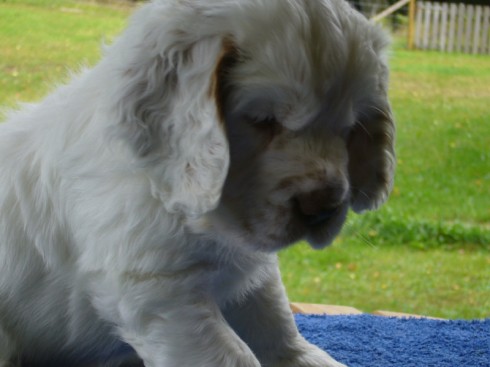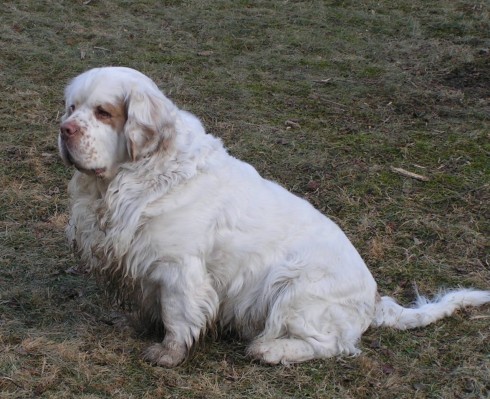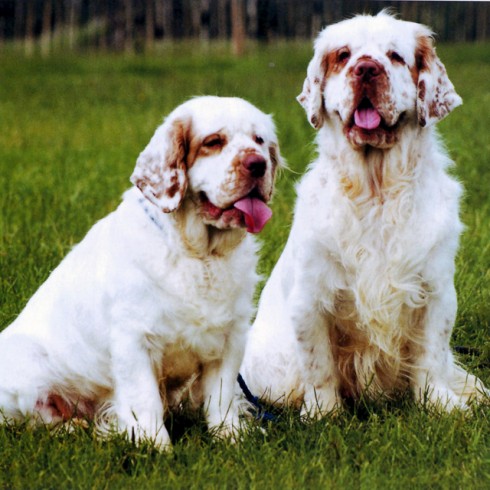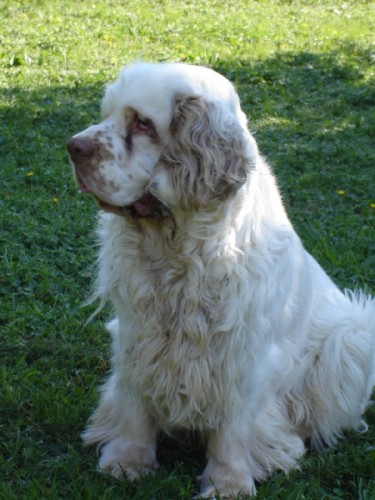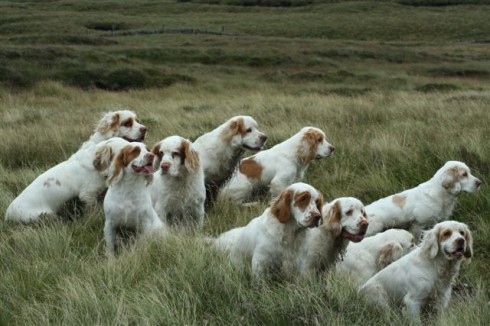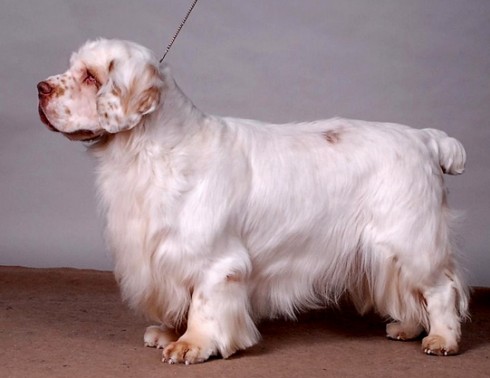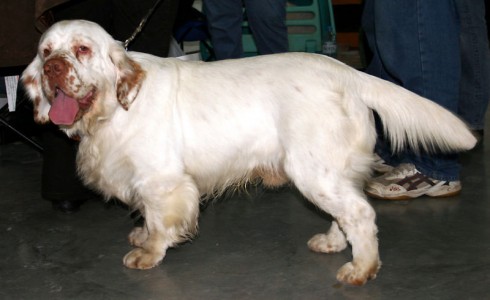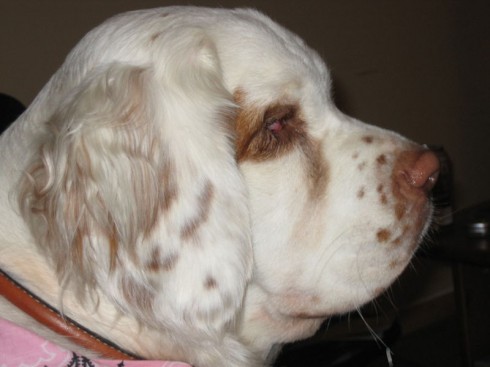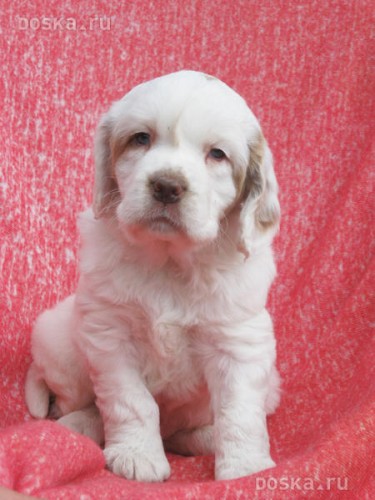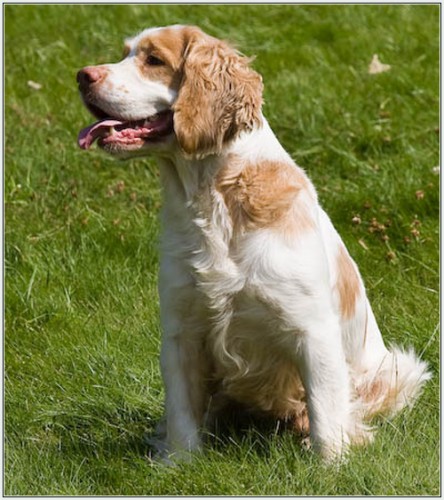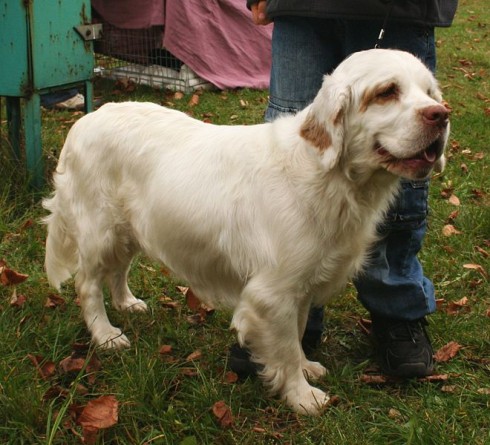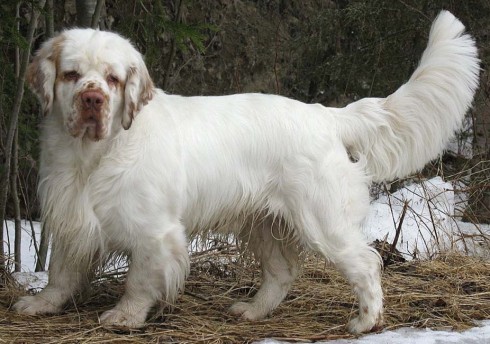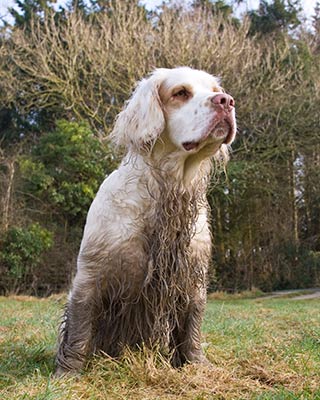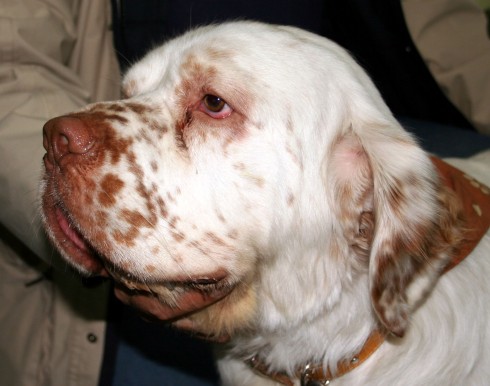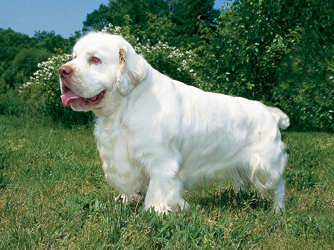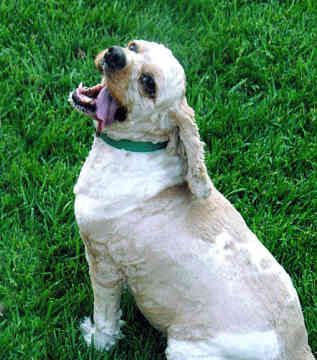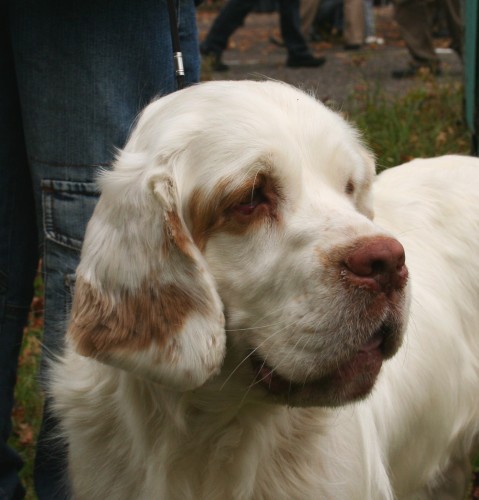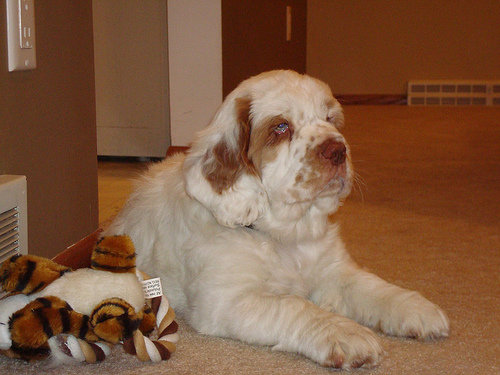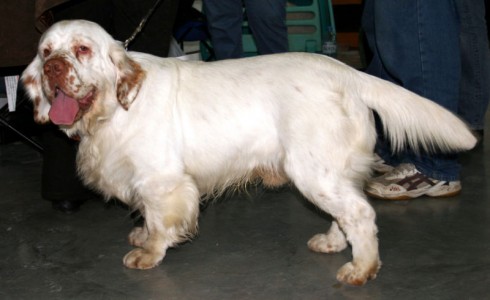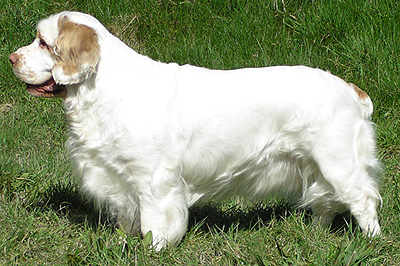Main Index
In Store
Our Web Store
Miniature Schnauzer Picture Gallery
Latest Dog Blogs
- What Are The Basic Commands To Train A Dog?
- PaySafe As The Most Popular Type Of Deposit
- Everything You Need To Know About Pet Sales
- Dogs Contribute To Our Physical And Mental Well Being
- How To Choose Where To Bet On Greyhounds In 2022
- Volunteer With Animals - How To Help Dogs Around The World
- Basic Understanding Of The House Edge
- Why You Should Get A Dog
- Top 20 Popular Dog Names Around The World
- Constipation in Dogs and How to Find Solutions
Clumber Spaniel
Clumber Spaniel Picture Gallery
Clumber Spaniel Clubs/Associations
The Full Clumber Spaniel Description
The Clumber takes his time; he is a calm and friendly companion. Being low to the ground, the Clumber makes good use of his excellent smelling ability on walks, and he retrieves happily from the water. He likes to be with people and loves children.
Did you know?
The Clumber Spaniel is believed to have originated in France.
Clumber Spaniels were first shown in England in 1859.
So you want to own a Clumber Spaniel?
The Clumber Spaniel is a versatile hunting dog.
The Clumber Spaniel is a splendid retriever when trained.
Indicative Breed Standard
General Appearance
Well balanced, heavily boned, active with a thoughtful expression, overall appearance denoting strength.
Characteristics
Stoical, great-hearted, highly intelligent with a determined attitude enhancing his natural ability. A silent worker with an excellent nose.
Temperament
Steady, reliable, kind and dignified; more aloof than other Spaniels, showing no tendency towards aggression.
Head and Skull
Square, massive, medium length, broad on top with decided occiput; heavy brows; deep stop. Heavy, square muzzle with well developed flews. No exaggeration in head and skull.
Eyes
Clean, dark amber, slightly sunk, some haw showing but without excess. Full light eyes highly undesirable.
Ears
Large, vine leaf-shaped, well covered with straight hair. Hanging slightly forward, feather not to extend below leather.
Mouth
Jaws strong, with a perfect, regular and complete scissor bite, i.e. upper teeth closely overlapping lower teeth and set square to the jaws.
Neck
Fairly long, thick, powerful.
Forequarters
Shoulders strong, sloping, muscular; legs short, straight, well boned, strong.
Body
Long, heavy, near to ground. Chest deep. Well sprung ribs. Back straight, broad, long. Muscular loin, well let down in flank.
Hindquarters
Very powerful and well developed. Hocks low, stifles well bent and set straight.
Feet
Large, round, well covered with hair.
Tail
Customarily docked. Docked: Set low. Well feathered, Carried level with back. Undocked: Set low. Well feathered, carried level with back. Strong at root, tapering gradually to the tip. Of moderate length.
Gait/Movement
Rolling gait attributable to long body and short legs. Moving straight fore and aft, with effortless drive.
Coat
Abundant, close, silky and straight. Legs and chest well feathered.
Colour
Plain white body preferred, with lemon markings; orange permissible. Slight head markings and freckled muzzle.
Size
Ideal weight: dogs: 36 kgs (80 lbs); bitches: 29.5 kgs (65 lbs).
About Our Article Directory
- Article
- 27 November 2010
- 2 comments
Canis lupus familiaris
- Breed Article
- 29 May 2010
- No comments
Quick Search
Donate
Latest Dog Pods
- Tips on How to Stop Your Dog from Biting
- Beware - Not All Advertised Dog Rescues Really Are! How Can You Know The Truth?
- Helpful Tips For Dog Obedience Problems
- How to Keep Dogs From Eating Poop
- Dog Grooming Tips - A General Overview of the Very Basics of Dog Grooming
- Recognising Different Types of Dog Obedience Problems
- 5 Important Tips On Feeding A Puppy


